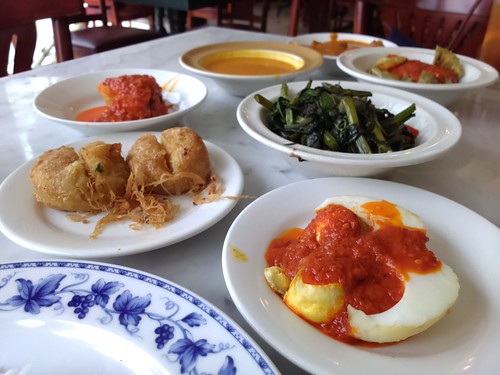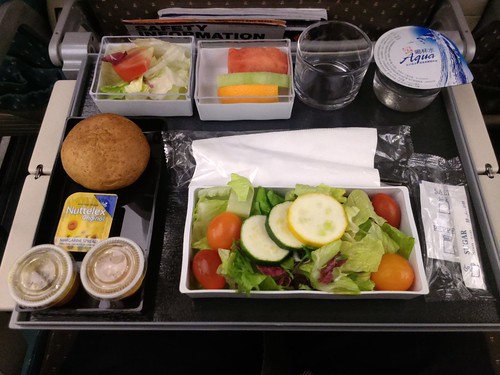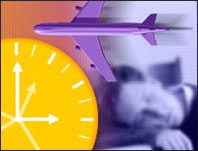
I think the first time I figured out that, generally speaking, renting a place was better than staying in a hotel was 1970. I rented a house for a couple of months on the beach in Goa. Once I figured out the function of the herd of pigs on the property, everything was smooth as silk and I settled in for a nice leisurely stay in my very first post-college home-of-my-own. It took me about 3 days to convince myself that I was actually a Goan and start, relatively speaking, integrating myself into the pulse of the community. I don't recall ever seeing a hotel in Goa although I'd hear from the hippies and other travelers who came to our beach-- the one that was 30 steps from my front door-- that there were hotels.
When you're staying in a place for less than a month, renting a place is tough. After my 10th trip to Thailand I finally figured out that a secluded villa on Phuket was way more what I was looking for than a berth at even the nicest of hotels. I don't think I ever put on any clothes for weeks at a time. And then a couple years ago
I rented a villa overlooking the Ayung River in central Bali. Except to go pick up a friend who was staying at the Ritz, I never even visited the tourist ghetto on the island and, as far as I could tell from my vantage over the Ayung, I was indeed the only non-Balinese on the entire island.
These days, whenever I can, I always rent an apartment or a house rather than stay in a hotel. So, when planning my trip to Argentina a few months ago I was delighted when Lieber, an Argentine waiter at my favorite raw foods restaurant, told me that renting apartments was a very normal thing to do in Buenos Aires for anyone staying at least a week. Perfect! I found what looked like a reputable rental agency that specializes in dealing with foreigners and quickly found an apartment in the part of town (Recoleta) everybody was telling me was the safest and best located.
The apartment was perfect, right on Posadas, across the street from the Four Seasons Hotel-- a light, airy, well-kept one bedroom, with a living room, dining area and kitchenette, fully supplied with everything from sheets and silverware to a free phone for local calls, Wi-FI, a doorman and daily maid service. And the price? Prices vary based on location, size, all that stuff, but generally it costs for a week what you would pay for a night in a comparable hotel.
The agency I used was
BytArgentina and I couldn't find anything online about them being unscrupulous or anything like that. My experience with the agents I used on Bali,
BaliVillas, was superb and I just assumed-- uh oh-- that BytArgentina would be as good. They weren't-- and I mentioned what went wrong in a story I did a couple weeks ago about
safety and scams in Buenos Aires.
In this case, the company (or perhaps the owner of the apartment, more likely), shrewdly not accepting credit cards, only cash, managed to separate me from $500. I had no recourse other than to suck it up. Something similar had happened to me in Tangier decades ago at the
El Minzah Hotel (best in town), a $100 travelers check having been removed from the safe behind the reception desk! Left me with a bad taste in my mouth, but, after trying a couple of less grand hotels, I wound up back at the El Minzah a few times since. I know for sure I'd never rent an apartment through BytArgentina again (nor from Graciela Ujaque, the owner of the apartment). Would I rent an apartment in Buenos AIres again? 100% yes. Let me tell you why.
Aside from getting a sense of belonging to a culture that most hotel guests can never experience, there are some tangible reasons I like to get my own place. I don't eat junk food and I take breakfast seriously. Even in NYC, where I do stay in a hotel, I always get one with a kitchenette. That way I can stock up on healthy goodies (fruits, nuts, etc) and on breakfast goods (blueberries, melons, papayas, lemons...) and have a place to store them and prepare them conveniently. It is virtually always much less expensive to rent your own place than to stay in a hotel. And it's far more personal.
Not everyone agrees, of course. One of my friends found my luxurious villa (with 4 servants-- including the best cook on the island of Bali-- and a swimming pool) akin to camping out. She was eager to move to the more... sterile environment of the Ritz. (I talked about that syndrome a little when I discussed the
Park Hyatt in Buenos Aires a few weeks ago.) Some people, maybe most, would prefer to be pampered and to have everything done for them, something more likely in a hotel. Me, I
like going to the local markets and shopping for day to day stuff. You start to feel the rhythm of the town's life. Last time I stayed in Marrakesh, I gave up on the Mamounia and stayed in a
riad instead, sort of halfway between a hotel and an apartment; well, not halfway, but we definitely had the feeling of being part of the neighborhood.


































